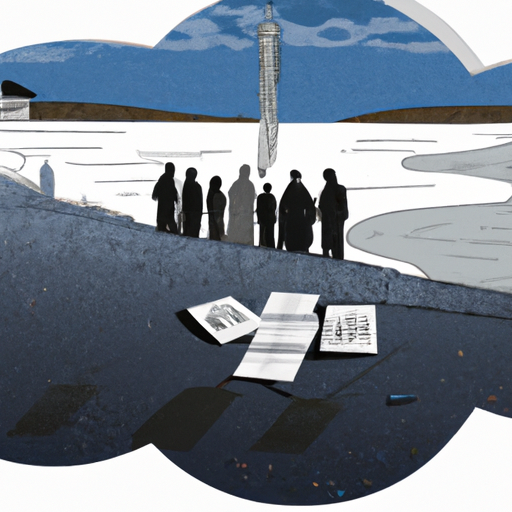The Unseen Impact of the Canadian Opioid Crisis on First Nations Communities
The Canadian opioid crisis has saturated headlines and policy agendas for the past decade, but one aspect of the crisis that receives far less attention is its devastating impact on First Nations communities. The crisis has unfolded at a disproportionate and harrowing rate within these communities, particularly in Alberta, where opioid-related fatalities are more than eight times higher than the provincial average.
A Closer Look at the Numbers
While the opioid crisis has left no corner of Canada untouched, the magnitude of its effects within First Nations communities is particularly staggering. In 2020, more than 155 lives were claimed by opioid-related causes in First Nations communities in Alberta alone. This represents a fatality rate of 64 per 1,00,000 – more than eight times the rate of the rest of Alberta. These deaths are not only a shocking statistic; they represent the loss of community members, friends, family, and loved ones, and have far-reaching social and emotional consequences.
Crisis Multipliers: Homelessness and Crime
Among the many factors that exacerbate the opioid crisis within First Nations communities are homelessness and crime. A lack of stable, safe housing can make individuals more vulnerable to substance abuse, while the presence of drugs can contribute to increased crime rates. This creates a destructive cycle that further entrenches the crisis.
Combating the Opioid Crisis
In the face of this grim reality, efforts to combat the crisis have mobilized on multiple fronts.
- Canadian Opioid Abatement Class Action: A class action lawsuit has been filed against pharmaceutical companies, alleging deceptive marketing practices that contributed to the widespread opioid addiction. This suit seeks damages to fund abatement efforts.
- Naloxone Distribution: Naloxone, a drug that can reverse opioid overdoses, is being distributed widely in First Nations communities. In 2020, more than 12,000 naloxone kits were distributed in these communities in Alberta, demonstrating both the scale of the crisis and the efforts to counteract it.
- Community-Led Initiatives: Some First Nations communities have launched their own initiatives to combat the crisis. These range from the establishment of treatment centers to initiatives aimed at reducing stigma and providing education about the risks associated with opioid use.
Call to Action
While these efforts are commendable, a lot more needs to be done. There is a need for sustained funding for comprehensive medical, social, and psychological support services. Better housing and economic opportunities can help address the underlying social determinants that contribute to the crisis. Moreover, the government should encourage and support community-led initiatives that are tailored to meet the unique needs and contexts of First Nations communities.
Conclusion: A Crisis that Demands Our Attention
This discussion of the Canadian opioid crisis in First Nations communities draws attention to a largely unseen aspect of a national crisis. The disproportionate rates at which opioid-related fatalities occur within these communities underline the urgent need for targeted interventions. Here are the key takeaways:
- Opioid-related fatalities are more than eight times higher within First Nations communities in Alberta compared to the rest of the province.
- Homelessness and crime exacerbate the crisis within these communities.
- Efforts are being made on multiple fronts to combat the crisis, including legal action against pharmaceutical companies, naloxone distribution, and community-led initiatives.
- There is an urgent need for better funding, housing, economic opportunities, and comprehensive support services.
In essence, addressing the opioid crisis within Canada’s First Nations communities isn’t just a matter of public health—it’s a matter of justice, equity, and respect for the dignity and lives of all Canadians.
